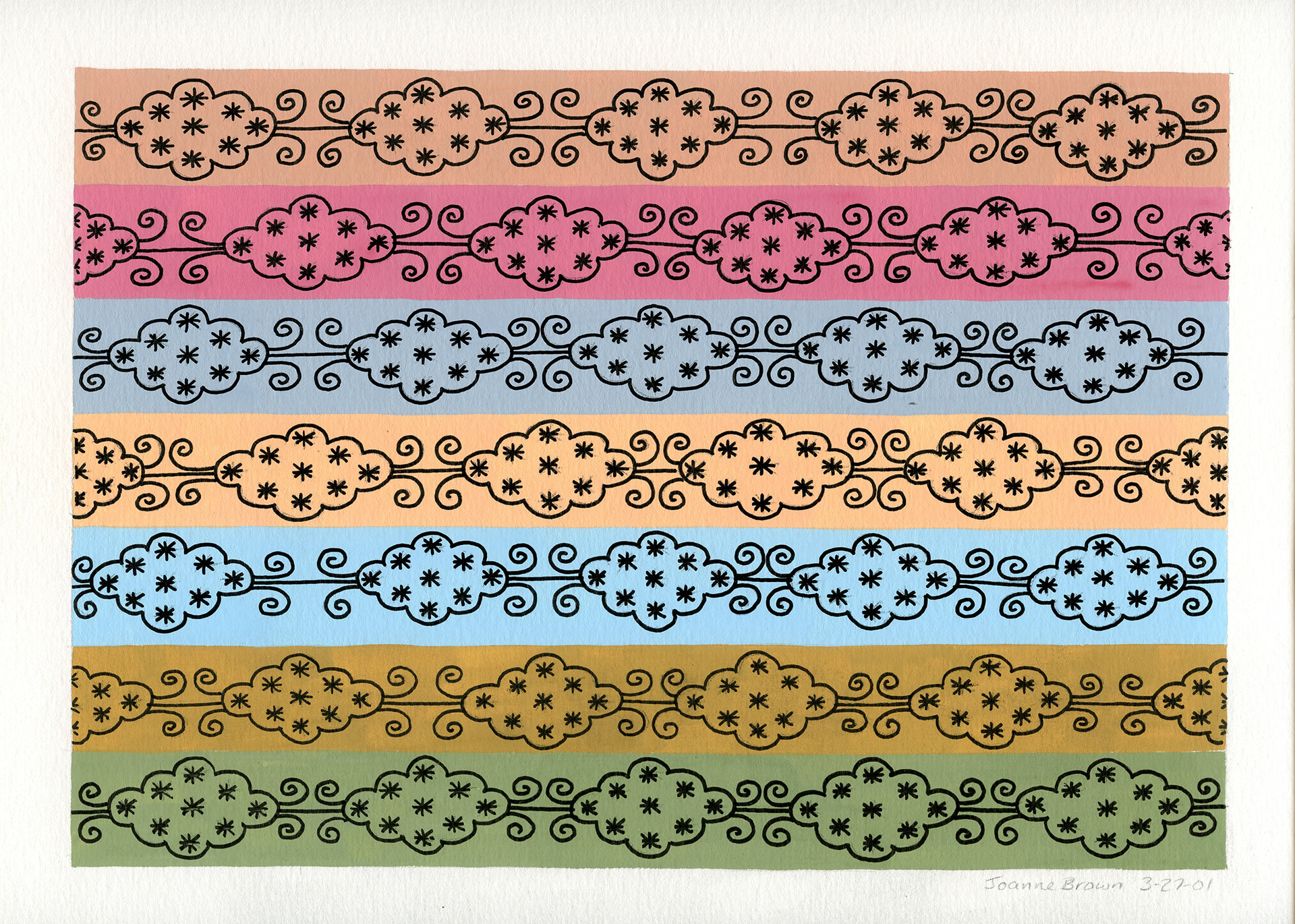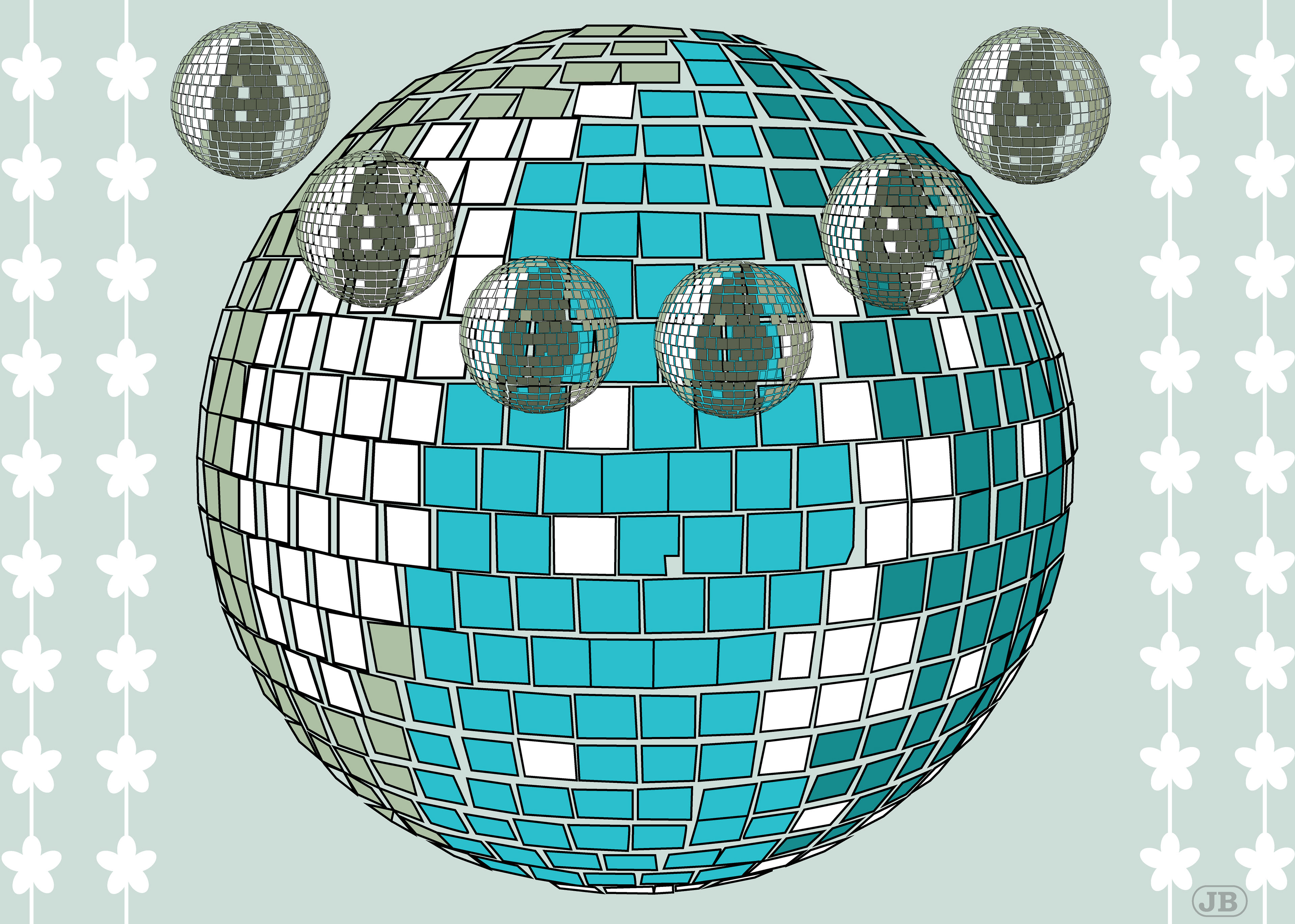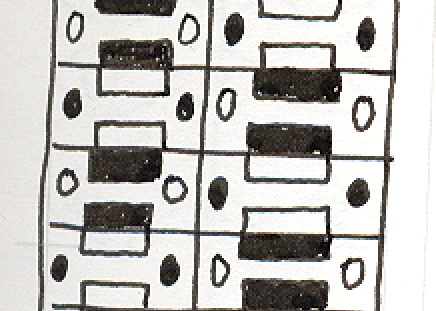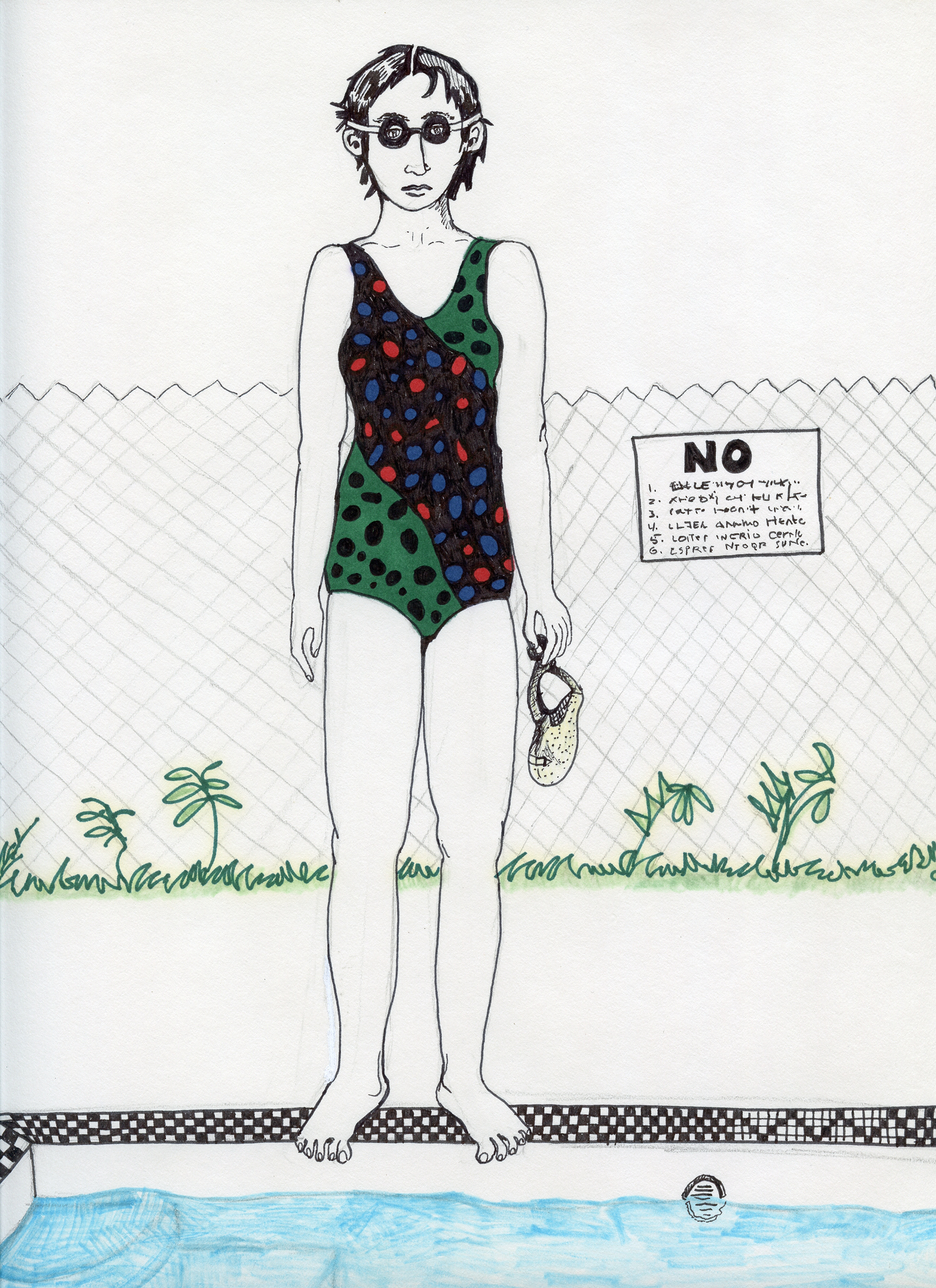
Ready To Swim, Magic Marker on Paper, 1982
Ready To Swim, Magic Marker on Paper, 1982
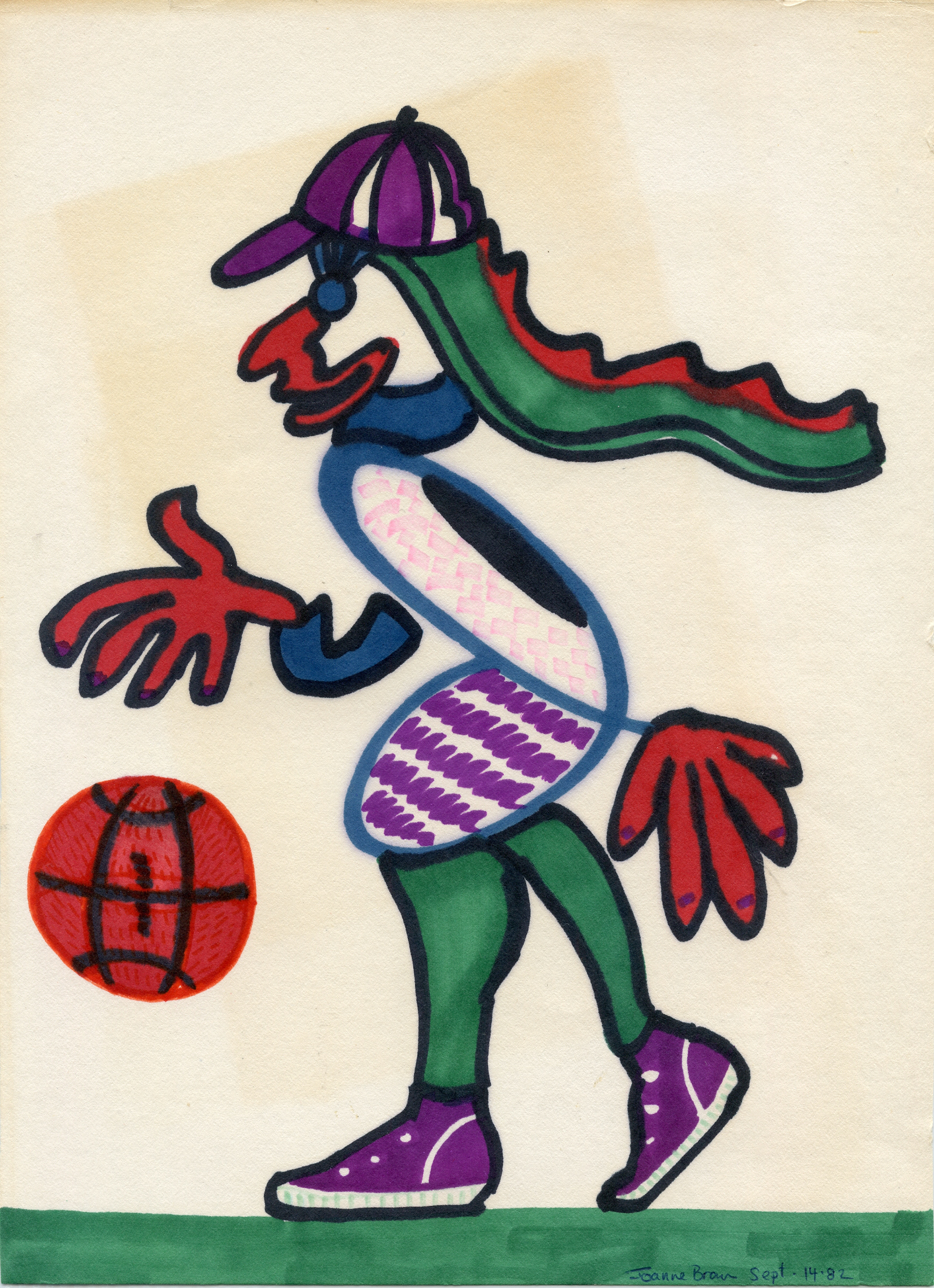
Basketball Player, Magic Marker, 1982

Basketball Player, Digital Art, version 1, 2023

Basketball Player, Digital Art, version 2, 2023
Left: Basketball Player, Magic Marker on Paper, 1982
Center and Right: Basketball Player, Digital Art, two versions, 2023
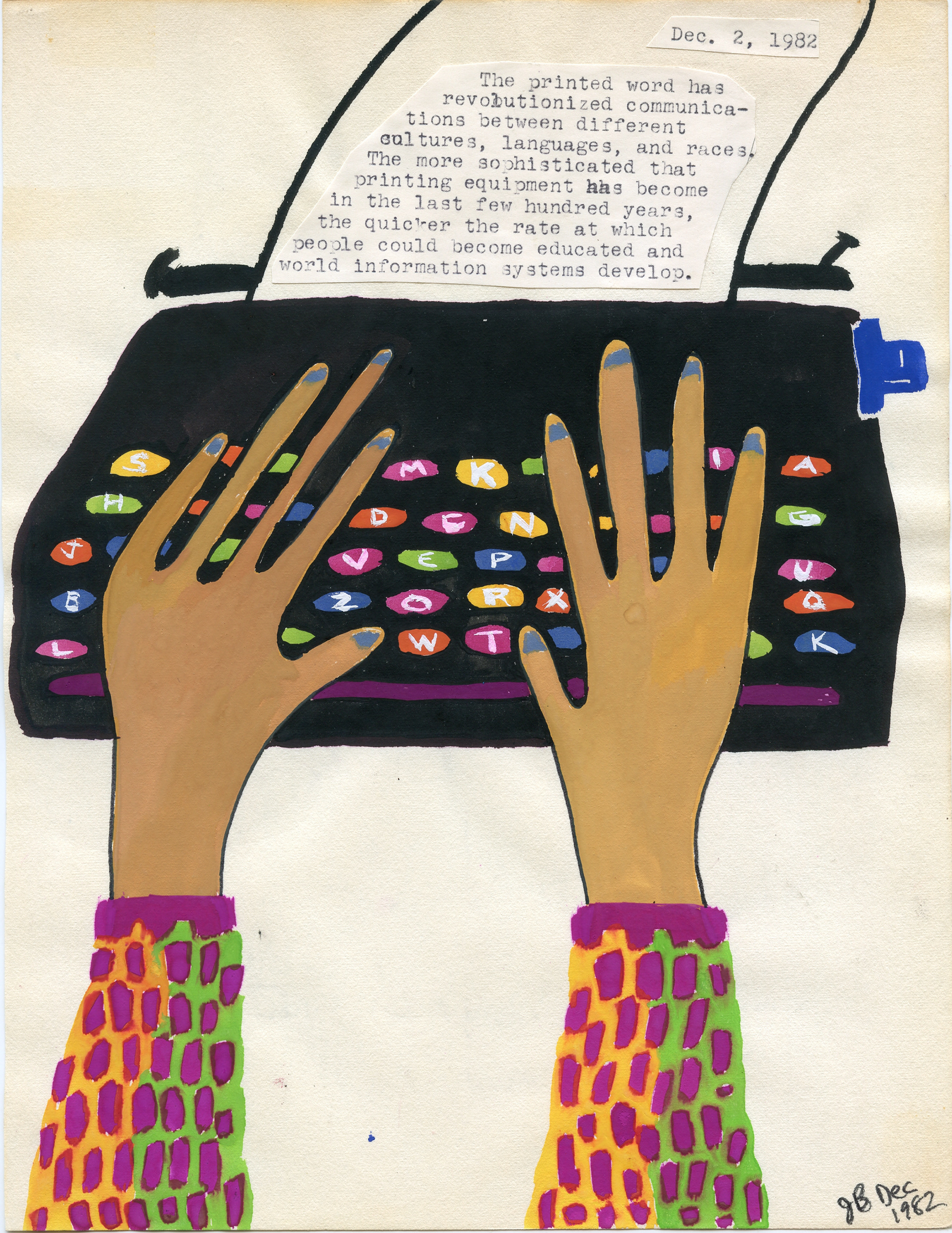
Printing Equipment, Watercolor on Paper, December 1982
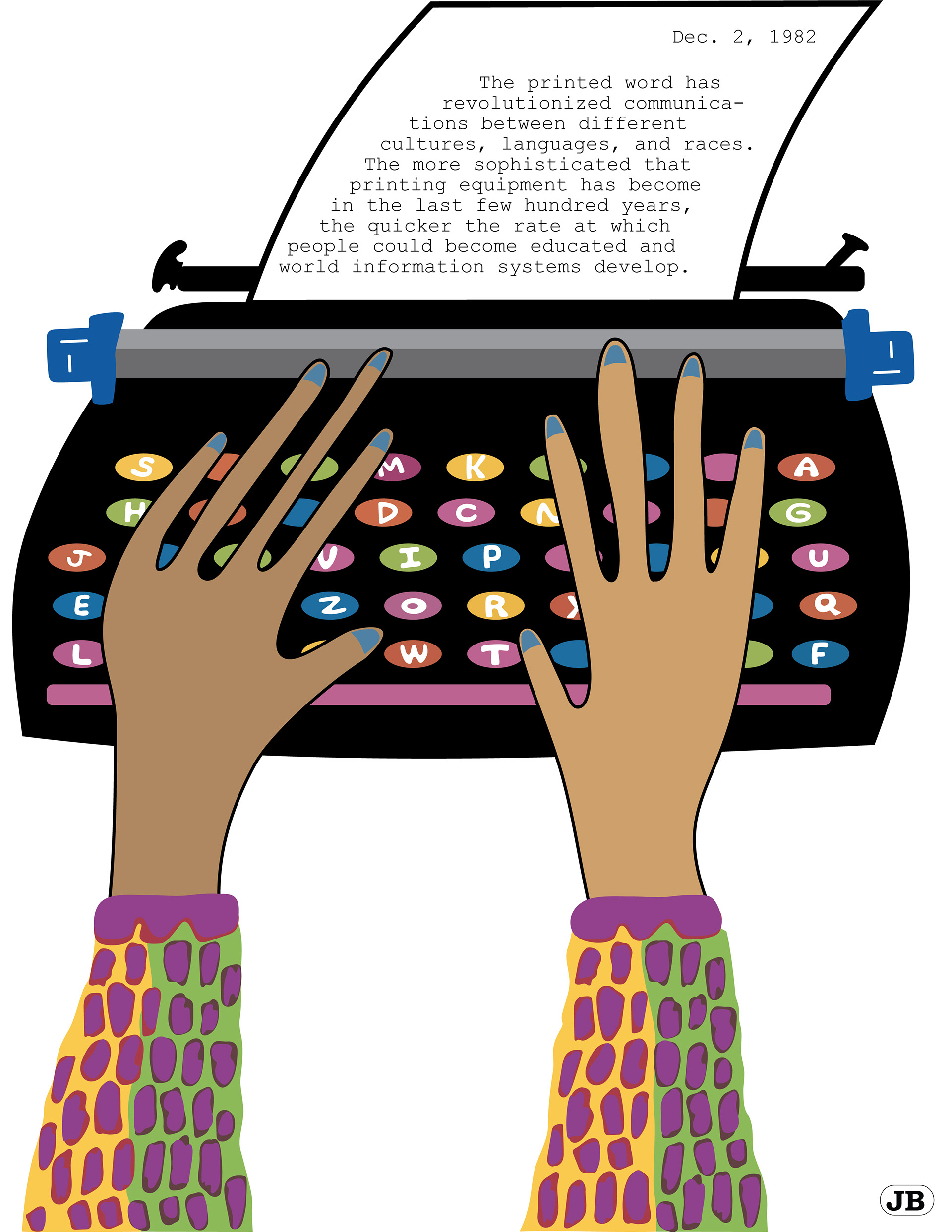
Printing Equipment, Digital Art, 2023
Left: Printing Equipment, Watercolor on Paper, December 1982
Right: Printing Equipment, Digital Art, 2023
The first typewriter I had was a mechanical typewriter, and it took energy to press a letter key down with your finger. During the 1980s, I worked clerical jobs for a time. I would be given any of the typing needed done by anyone in the office. It would be given to me in the form of a handwritten set of pages, often illegible, and you were considered skilled if you could decipher multiple styles of difficult handwriting. I liked to type and when I started out, I was able to type 56 words per minute. I had a bottle of liquid white-out for cleaning up errors, and often that meant scrolling the paper out of the typewriter, applying the whiteout, waiting for it to dry, then re-loading the paper and typing the correct word over the dried whiteout.
I was very excited when I was newly equipped with my first IBM Selectric typewriter, an electric typewriter with an automatic white-out ribbon for making corrections. It was much easier to press the keys, and the delete key took out the errors while typing, without having to take the paper out of the machine. I was able to type faster, with my average going up to 63 wpm. The quality of the printout was much higher.
However, nothing changed about the assignment of the work. Employees in positions that were not clerical did not know how to type and did not have a typewriter in their office. Typing was work always assigned to the clerical employees. I was often able to make extra money at home by taking in typing work from students, once again in the form of messy handwritten pages, often in pieces that had been cut apart and taped back together, or crossed out and rewritten in tiny notes above the crossed out line. The ability to conquer a QWERTY keyboard remained a skill measured by typing tests that required a minimum of 34 words per minute to pass, and faster than that to land a typing job.
All of this changed with the advent of personal computers. Typing is no longer generally assigned to someone else; people do their own typing on their computers. Memos are written in emails typed by the person writing the memo. Often, a manager or executive doing their own typing might not even know how to type, but instead are "hunting and pecking" letters in until their writing is complete. Currently, everyone at every level of an organization is expected to type their own emails and memos. Anyone with access to a computer can mass-produce their own typed writing by sending it to any printer connected to a network.
It's an enormous change from how typing was handled in a workplace forty years ago, a change that hasn't been a big topic of discussion or properly commemorated. It seems more democratic that everyone can do their own typing and mass produce their own writing. This does seem to come with a lot more tolerance of egregious spelling errors. It used to be that writers, typists and typesetters had to be able to type a certain speed correctly with few errors and thorough proof-reading. Their jobs are permanently gone, and now it's common to see something as significant as a newspaper headline with an obvious spelling error.
Typewriters, mimeograph machines, fax machines, personal computers, computer printers, and related machines are all tools to ease communications. The more advanced these machines have become, the greater the ease of communication and the production of art and music becomes more abundant and advanced. It's possible now to instruct these machines through the use of voice dictation. When digital translation of voice dictation becomes faster and more precise via artificial intelligence tools, perhaps the skill and craft of typing will become a relic of the past.

